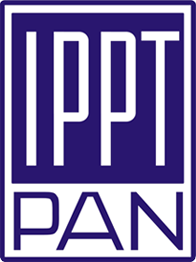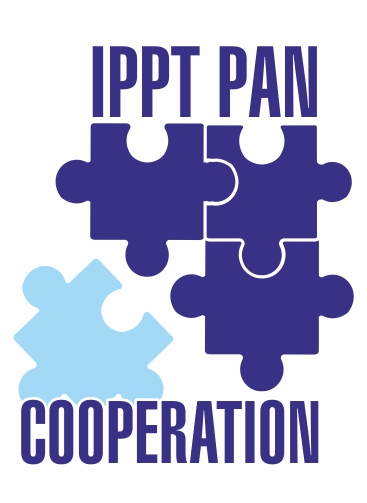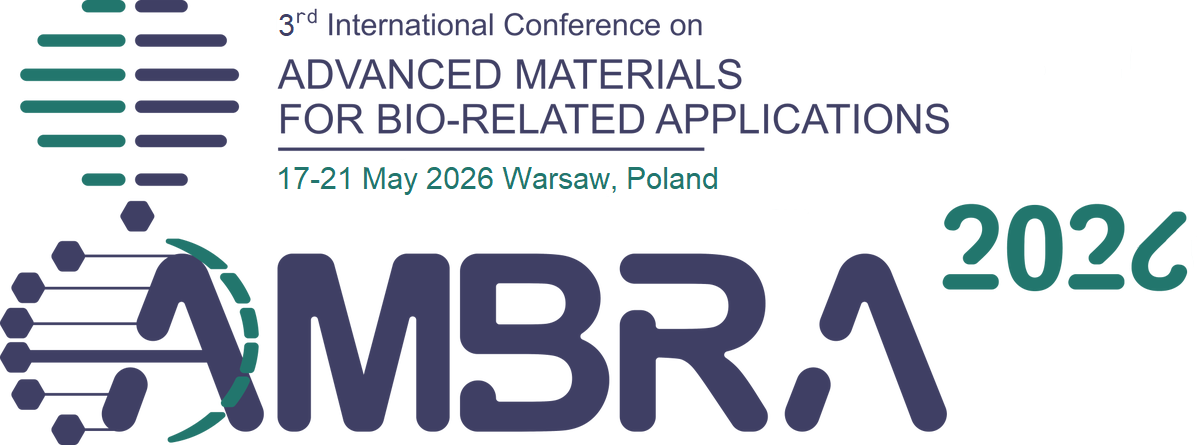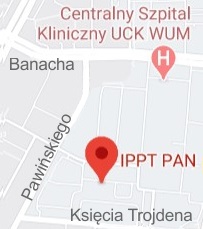| 1. |
Kędziorski P.♦, Kobaka J.♦, Katzer J.♦, Tysiąc P.♦, Jagoda M.♦, Zawidzki M., Comparison of spatial data acquisition techniques for the geometric analysis of lunar regolith,
MEASUREMENT, ISSN: 0263-2241, DOI: 10.1016/j.measurement.2025.119366, Vol.258, No.D, pp.1-12, 2025 Abstract:
Accurate characterization of lunar regolith is essential for planning future surface operations and construction activities. In this work, we compare three 3D measurement techniques for laboratory-scale regolith simulant (LSS) cones: a high-precision handheld laser scanner (HLS), a photogrammetry workflow, and the LiDAR sensor embedded in an iPad Pro. The experiments focused on evaluating the geometric parameters of cone height, base diameter, angle of repose, and volume. HLS and photogrammetry produced closely matching results, with mean observed differences of 0.5 ± 0.4 mm for heights, 0.4 ± 0.2 mm for diameters, and 0.15 ± 0.14° for repose angles. Volumes derived from these two methods differed by less than 1.8 %. By contrast, the iPad LiDAR underestimated cone heights with a mean error of 9.1 ± 2.9 mm and overestimated base diameters by 9.6 ± 6.1 mm, leading to mean angle deviations of 2.63 ± 0.97°. Photogrammetry was intentionally simplified so that its data acquisition time matched that of the HLS, providing a practical efficiency-based comparison rather than maximum accuracy. Although based on single trials, the findings demonstrate that HLS and photogrammetry can deliver consistent results for small regolith features, while low-cost mobile LiDAR remains unsuitable for sub-centimeter measurements. This study highlights the potential of integrating different 3D measurement approaches for rapid regolith assessment, offering insights into future lunar applications. Keywords:
Lunar soil simulant, LSS, LiDAR, Scanner, Photogrammetry Affiliations:
| Kędziorski P. | - | other affiliation | | Kobaka J. | - | other affiliation | | Katzer J. | - | other affiliation | | Tysiąc P. | - | other affiliation | | Jagoda M. | - | other affiliation | | Zawidzki M. | - | IPPT PAN |
|  |
| 2. |
Zawidzka E., Szklarski J. T., Kobaka J.♦, Zawidzki M., Przykłady Małej Architektury w oparciu o System Arm-Z,
POMIARY - AUTOMATYKA - ROBOTYKA. PAR, ISSN: 1427-9126, DOI: 10.14313/PAR_252/73, Vol.2, pp.73-80, 2024 Abstract:
Arm-Z to koncepcja hiperredundantnego manipulatora robotycznego opartego na sekwencji szeregowo połączonych identycznych modułów. Każdy moduł ma tylko jeden stopień swobody (1-DOF) – skręt względem poprzedniego. Moduły systemu Arm-Z mogą być masowo produkowane i łatwo wymieniane w przypadku awarii. Sterowanie Arm-Z jest stosunkowo trudne, dlatego zwykle wymaga stosowania metod inteligencji obliczeniowej. W artykule przedstawiono kilka koncepcji kinetycznych obiektów małej architektury opartych na Arm-Z: spiralną kolumnę o regulowanej wysokości, system nadążania słonecznego, kinetyczną rzeźbę bioniczną i kinetyczny zraszacz/fontannę. Prezentowane koncepcje są zasadniczo nisko-technologiczne (“low-tech”). W każdym przypadku moduł bazowy jest przymocowany do podstawy (podłoża). Dla prostoty napęd jest przykładany bezpośrednio do pierwszego modułu, a następnie przenoszony za pomocą wewnętrznych przekładni na kolejne moduły. Każdy moduł jest wyposażony w zestaw cylindrycznych i stożkowych kół zębatych z zębami prostymi o profilu spiralnym (do połączeń miedzy modułami). Keywords:
Arm-Z, hiperredundancja, manipulator, mała architektura, systemy modularne Affiliations:
| Zawidzka E. | - | IPPT PAN | | Szklarski J. T. | - | IPPT PAN | | Kobaka J. | - | other affiliation | | Zawidzki M. | - | IPPT PAN |
|  |

















